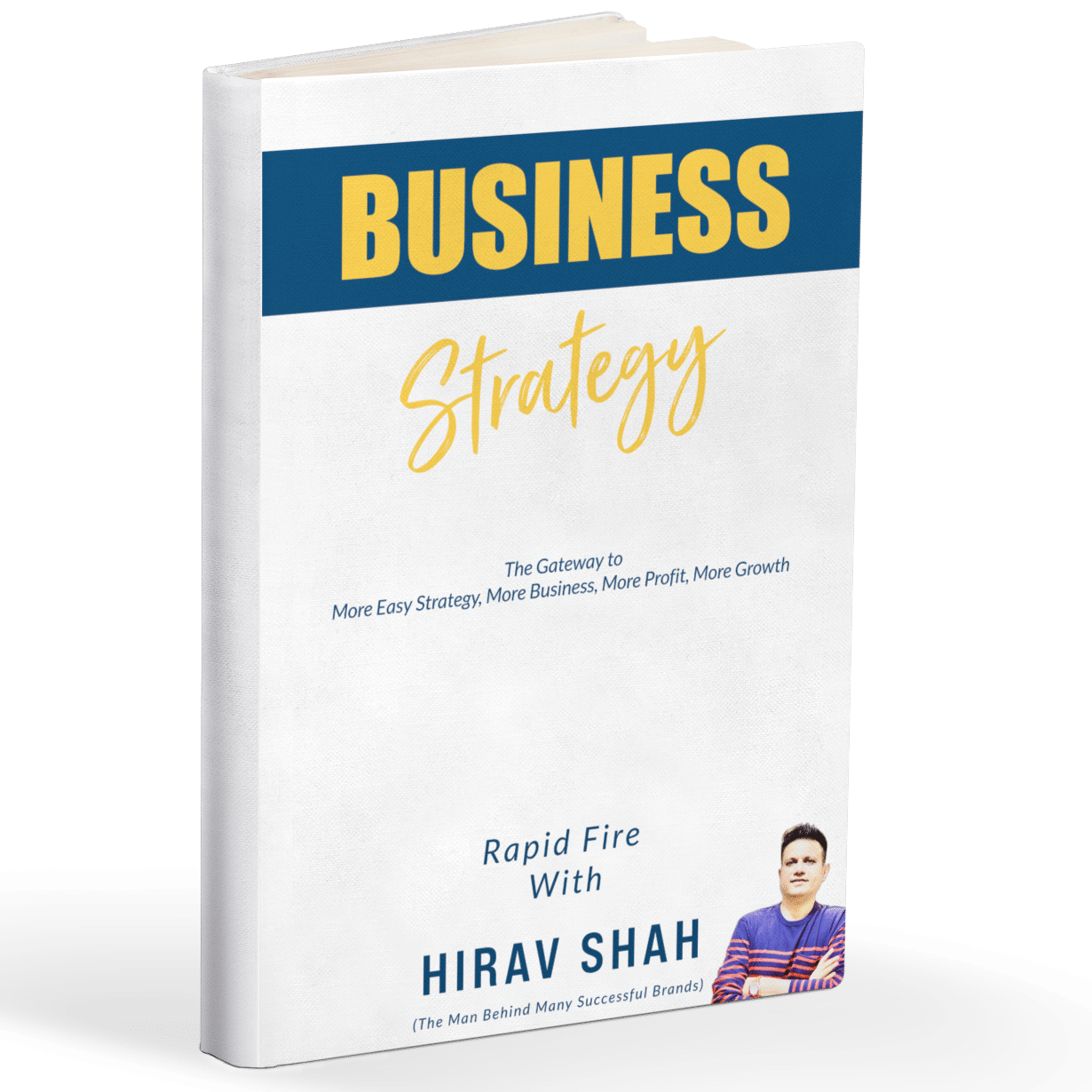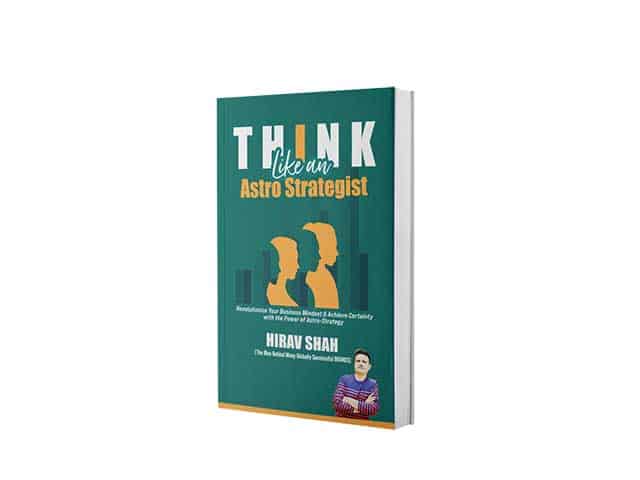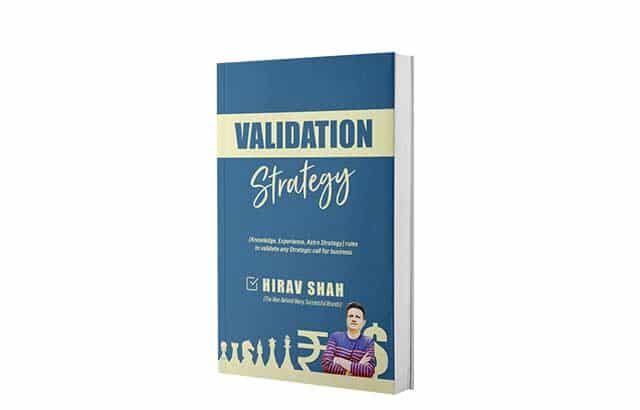Growth hacking might sound like a buzzword, but when done right, it can lead to game-changing results for your enterprise. However, it’s not just about finding shortcuts or quick fixes. Exponential business growth is about having a clear strategy, making informed decisions, and putting in consistent work.
While the idea of exponential growth can sound like a distant dream, renowned Business Transformation Leader and Business-Strategist, Hirav Shah, breaks down the key strategies you can employ to drive meaningful growth for your business.
Here are some proven methods, with examples, that can push your business to the next level.
Table of Contents
1. Add New Products and Services to Your Mix
This is often the first step towards scaling, but it can be tricky.
Why it works: Diversifying your product or service offering increases your chances of attracting more customers and meeting their evolving needs.
Example:
Imagine you run a local bakery. Initially, you sell just bread and pastries. But, upon noticing that many customers are looking for gluten-free or vegan options, you expand your product line to include gluten-free bread and dairy-free desserts. Now, you not only satisfy your current customers but attract a new market segment.
Strategy:
- Market Research: Identify consumer demands and trends.
- Customer Feedback: Listen to your customers to understand what new offerings would be valuable.
- Profit Margin Analysis: Ensure you can sell these new products at a profit.
2. Sell More Products and Services to Existing Consumers
In many cases, it’s easier and more cost-effective to sell more to current customers than to acquire new ones.
Example:
If you’re running a software company, you might have a core product that serves the needs of your customers. By introducing complementary add-ons (like premium features or extended service plans), you can upsell to your existing customers.
How to Execute:
- Market Segmentation: Segment your customer base by criteria like age, buying history, or preferences.
- Tailored Marketing: Focus your marketing on high-value segments.
- Cross-Sell & Upsell: Offer related products or services to customers based on their purchasing behavior.
3. Expand Into New Territories
Expanding into new geographic areas or markets can dramatically increase your customer base. Whether it’s a new town, city, or even country, new territory means new opportunities.
Example:
A local coffee shop in a city could expand its operations by opening new outlets in nearby towns or other cities. Once you prove your model works, scaling becomes more feasible.
Key Steps:
- Market Research: Analyze the demand in new territories.
- Investment Planning: Consider the cost of expansion in terms of infrastructure, marketing, and staffing.
- Risk Management: Ensure your business is adaptable to the local demands and cultural differences in the new market.
4. Target New Customer Markets
Narrowing your target market and expanding into new customer segments can be highly profitable. This involves looking beyond your current demographics and exploring untapped niches.
Example:
An eco-friendly brand that currently sells to millennials may choose to target Generation Z or even older consumers who are increasingly concerned with sustainability.
Strategy:
- Customer Persona Development: Build detailed customer personas for the new market segments.
- Tailored Marketing Campaigns: Create specific campaigns that resonate with the new demographic.
- Content Customization: Tailor your content and messaging to fit the unique needs and desires of these new markets.
5. Tap into New Sales and Delivery Channels
Innovation in delivery channels has revolutionized how businesses reach their customers. The internet, for example, has enabled countless businesses to scale exponentially.
Example:
Retailers such as Warby Parker and Dollar Shave Club capitalized on online sales to grow rapidly in a short amount of time. They reached customers directly, bypassing traditional retail channels.
Execution:
- Leverage E-Commerce: If your business isn’t already online, it’s time to make that leap.
- Partnerships: Partner with platforms like Amazon, Shopify, or other online marketplaces.
- Omnichannel Strategy: Use a mix of offline and online channels to maximize reach.
6. Merging or Acquiring a Business
One of the fastest ways to achieve exponential growth is by merging with or acquiring another business. This allows you to quickly scale your operations, expand your customer base, and increase market share.
Example:
Facebook’s acquisition of Instagram in 2012 is a textbook example of exponential growth. Instagram had already shown massive growth, and Facebook integrated the platform to enhance its reach and data-driven insights.
Strategy:
- Due Diligence: Ensure that the acquisition or merger will add significant value to your business.
- Synergies: Look for businesses with complementary strengths.
- Integration: Plan the integration process carefully to avoid any operational disruptions.
Final Thoughts from Hirav Shah:
Hirav Shah emphasizes that exponential growth is not a one-size-fits-all approach. It requires clear goals, diligent execution, and knowing exactly where you are and where you want to go. By understanding the gaps between your current position and desired goal, you can systematically move towards achieving it.
“Exponential growth can be achieved when you know where you are, what is your goal, why you want it, what’s the gap between your goal and your current position, and finally what are the possibilities to achieve your goal.”
— Hirav Shah, Business Transformation Leader
Frequently Asked Questions (FAQs)
1. Do companies grow exponentially?
While no company grows exponentially without deliberate effort, those that innovate and adapt often experience rapid growth. Exponential growth is achievable if the company effectively attracts new customers, diversifies offerings, and scales its operations.
2. How can I achieve 10x growth?
To achieve 10x growth, you must focus on scalability. Streamline operations, optimize marketing, embrace new technology, and identify opportunities to provide value that far exceeds the competition. Don’t be afraid to evolve, and focus on building a product or service that truly solves your customer’s problem.
3. Give an example of exponential growth?
One classic example of exponential growth in nature is bacterial reproduction. A single bacterium can multiply exponentially, doubling every hour under the right conditions. Similarly, businesses that tap into scalable models (e.g., SaaS, franchises) can experience exponential growth in a relatively short period.
4. How do I scale my business without losing quality?
Scaling without losing quality requires robust systems, a strong team, and continuous feedback loops. Use technology to automate tasks, build a strong operational framework, and hire for quality as you grow.
5. What role does a Business Strategist play in growth?
A business strategist helps you identify market opportunities, optimize existing processes, and streamline operations to support growth. They provide insights into new market segments, potential partnerships, and the overall strategic vision of the company.


















